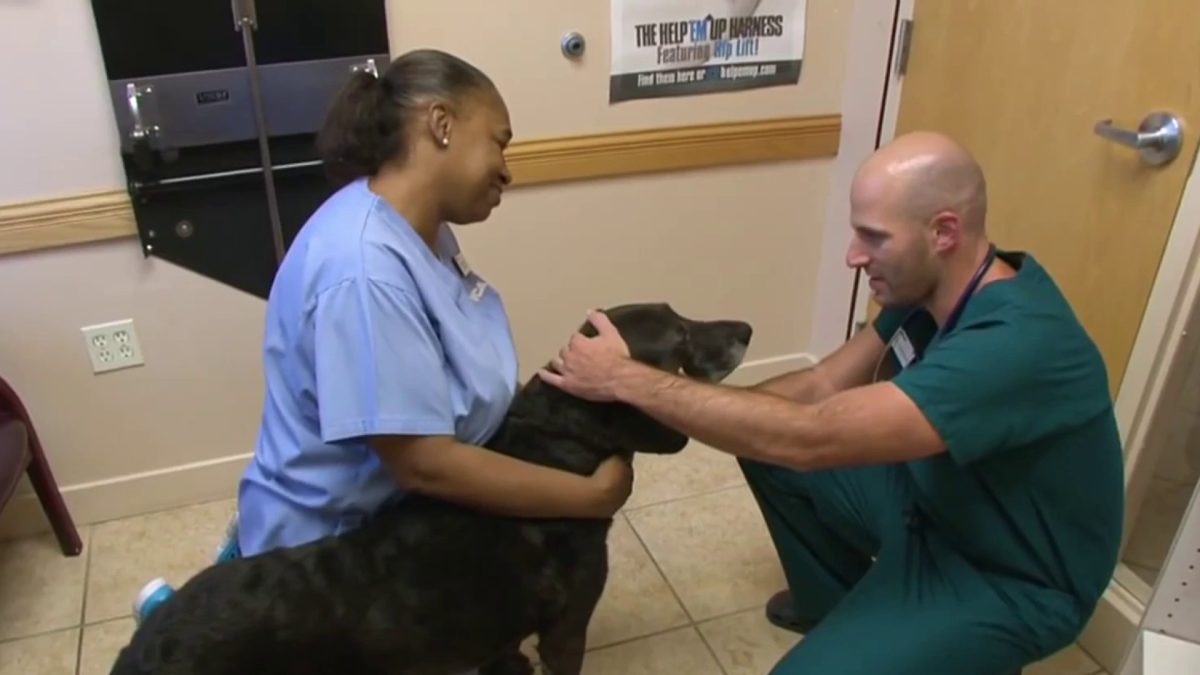A specially designed drone carried a donor organ between two hospitals in Maryland last month, making medical history in less than nine minutes, officials who orchestrated the project said.
The historic flight lifted off just after midnight on April 19, carrying a kidney on a 2.6-mile trip to the University of Maryland Medical Center, where a patient — Baltimore resident Trina Glispy — was waiting.
Glipsy, who had spent eight years on dialysis, received the life-altering transplant later that morning.
"This whole thing is amazing," said Glispy, 44, in a release provided by the University of Mayland. "Years ago, this was not something that you would think about."
The effort was a collaboration among medical professionals, engineers, the Federal Aviation Administration, pilots and the patient.
During the flight, the Baltimore Police Department briefly blocked ground traffic below the flight path, and pilots kept in radio contact with each other and kept a visual line of sight on the drone.
Video footage provided by the university shows the drone's journey. As the drone touches down at the University of Maryland Medical Center, someone can be heard saying, "All right, aircraft is successfully landed," a matter-of-fact declaration greeted by cheers.
Local
Washington, D.C., Maryland and Virginia local news, events and information
The drone was built with the ability to monitor, maintain and track a viable organ and meets organ transplant standards. Since it was carrying precious cargo, it was built with several safeguards, including backup propellers, backup motors, dual batteries, a backup power distribution board and a parachute recovery system.
Although the aircraft used in the flight is considered a prototype, drones could ultimately offer a cheaper, faster option for transporting donor organs, Maryland medical professionals said.
That's because transportation can sometimes be the most challenging aspect of organ transplant.
"We are very time sensitive," said Charlie Alexander, chief executive officer of The Living Legacy Foundation of Maryland. "We need to be able to work with helicopter services, charter flight services and ground transportation to make sure to get our teams to a donor case and make the gifted organ available to a recipient."
But chartered flights are costly, and using a commercial flight can be risky if delays cause an organ to lose viability.
Use of drones could change that.
"The long game with these technologies is that we would be able to limit the amount of time that expires between explant and implant," said Dr. Joseph Scalea, who led the project and was one of the surgeons who performed the transplant.
"We'll have access to immediate transportation," Scalea said. "It will certainly be more efficient. I think there are a lot of upsides."



